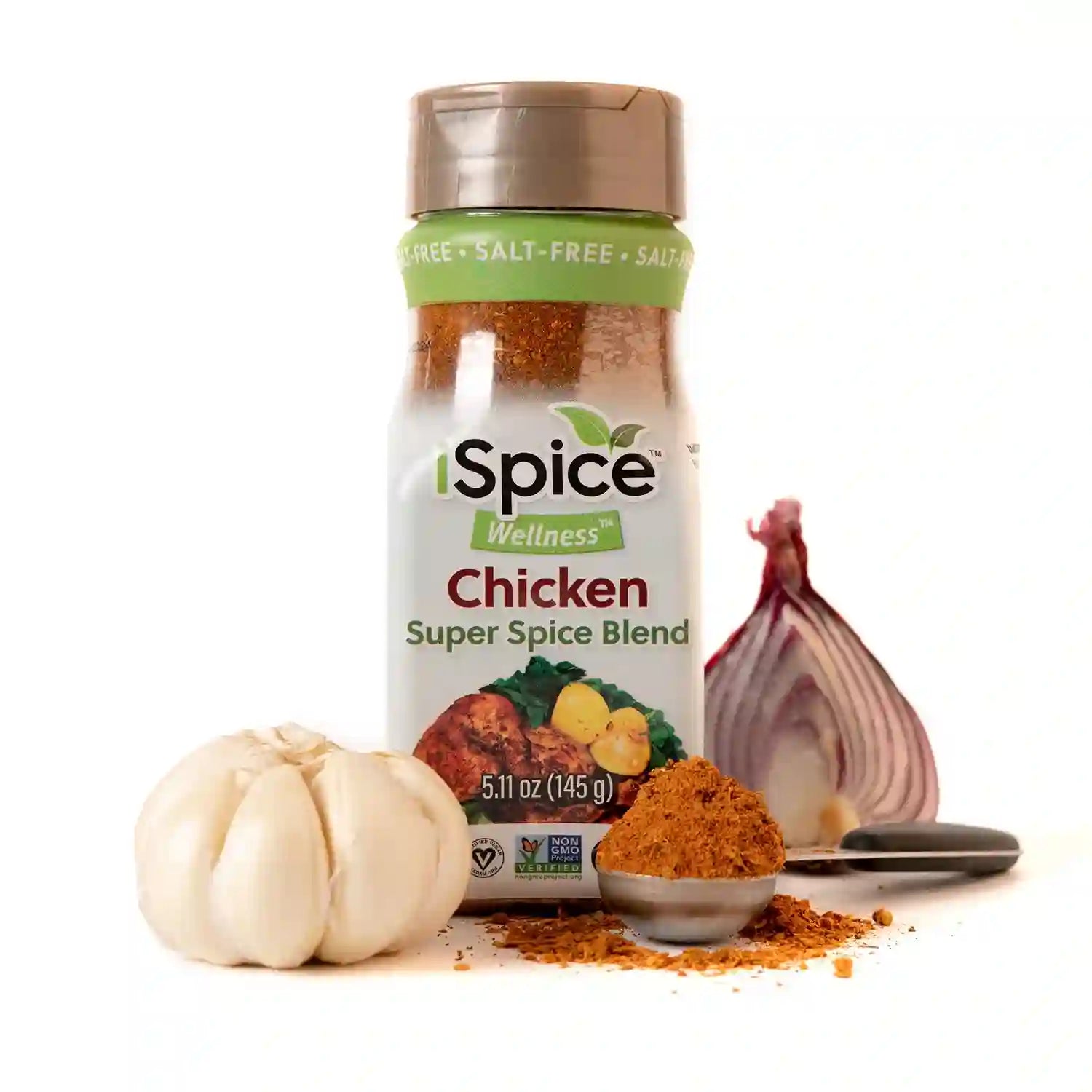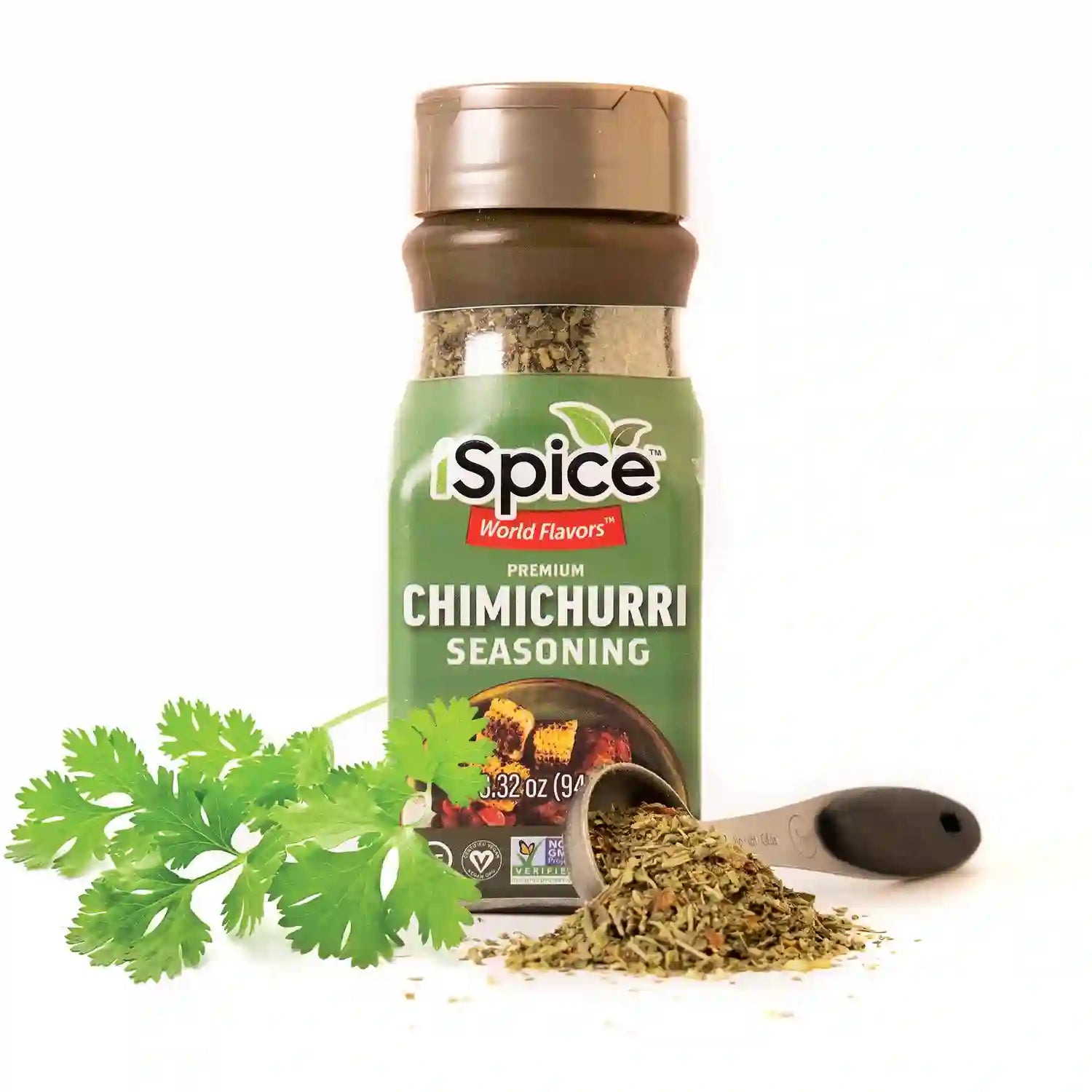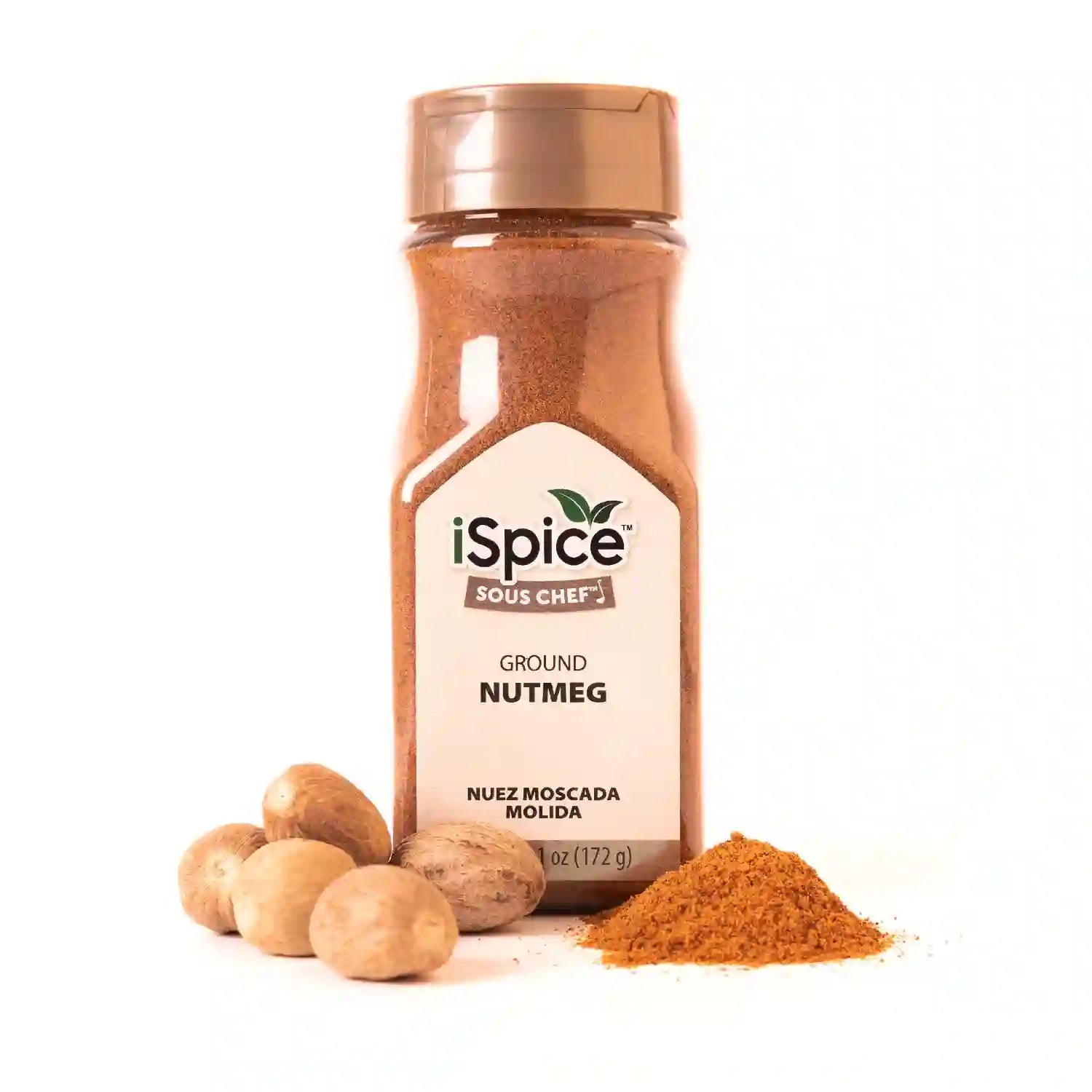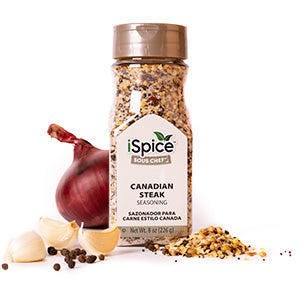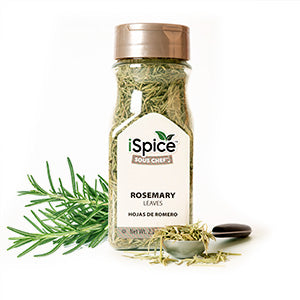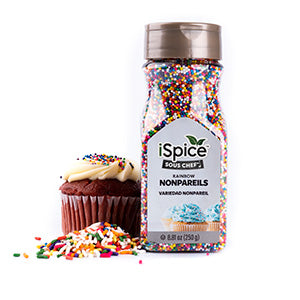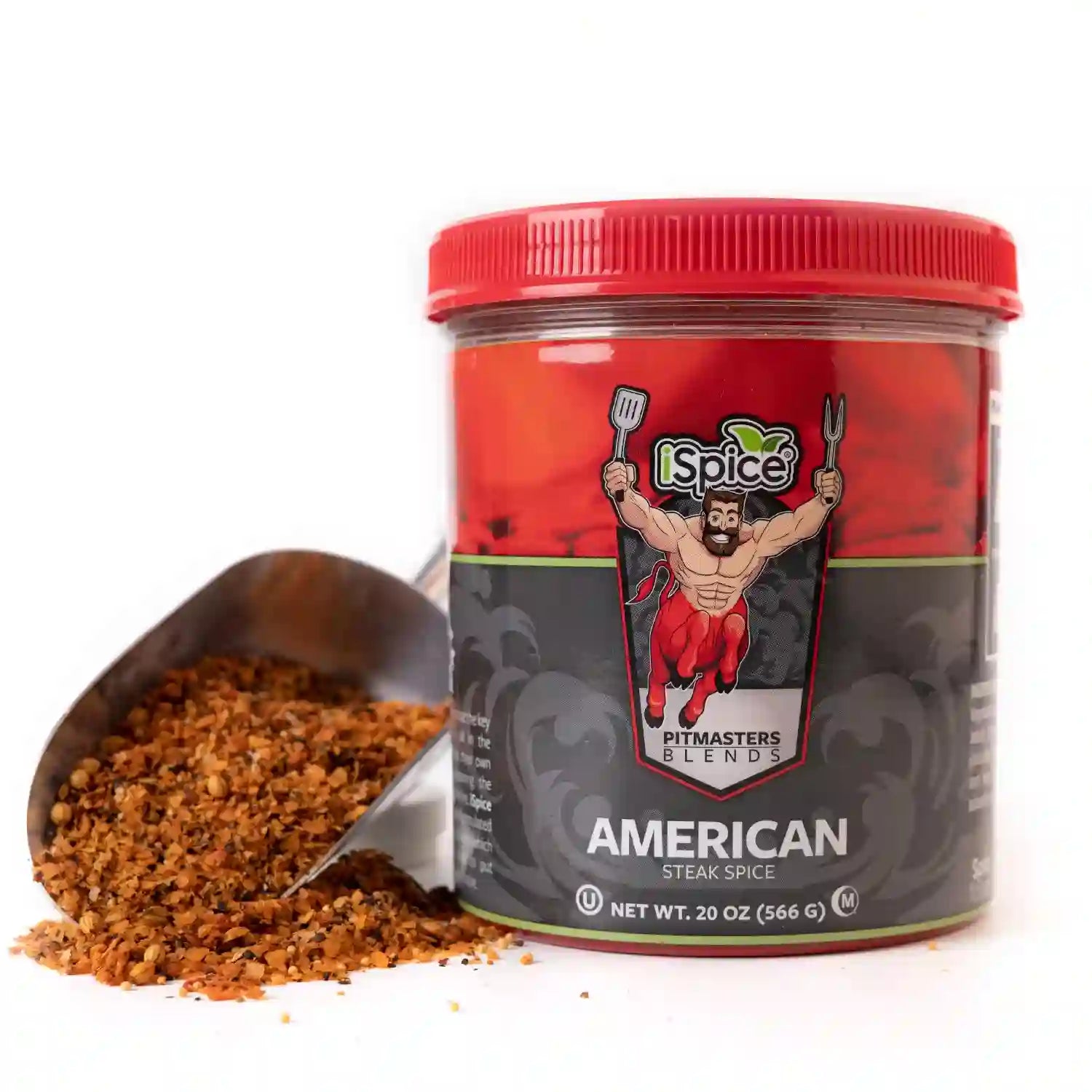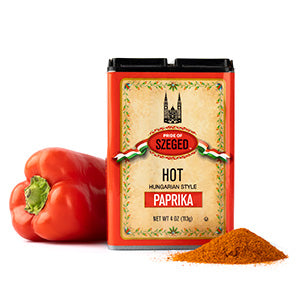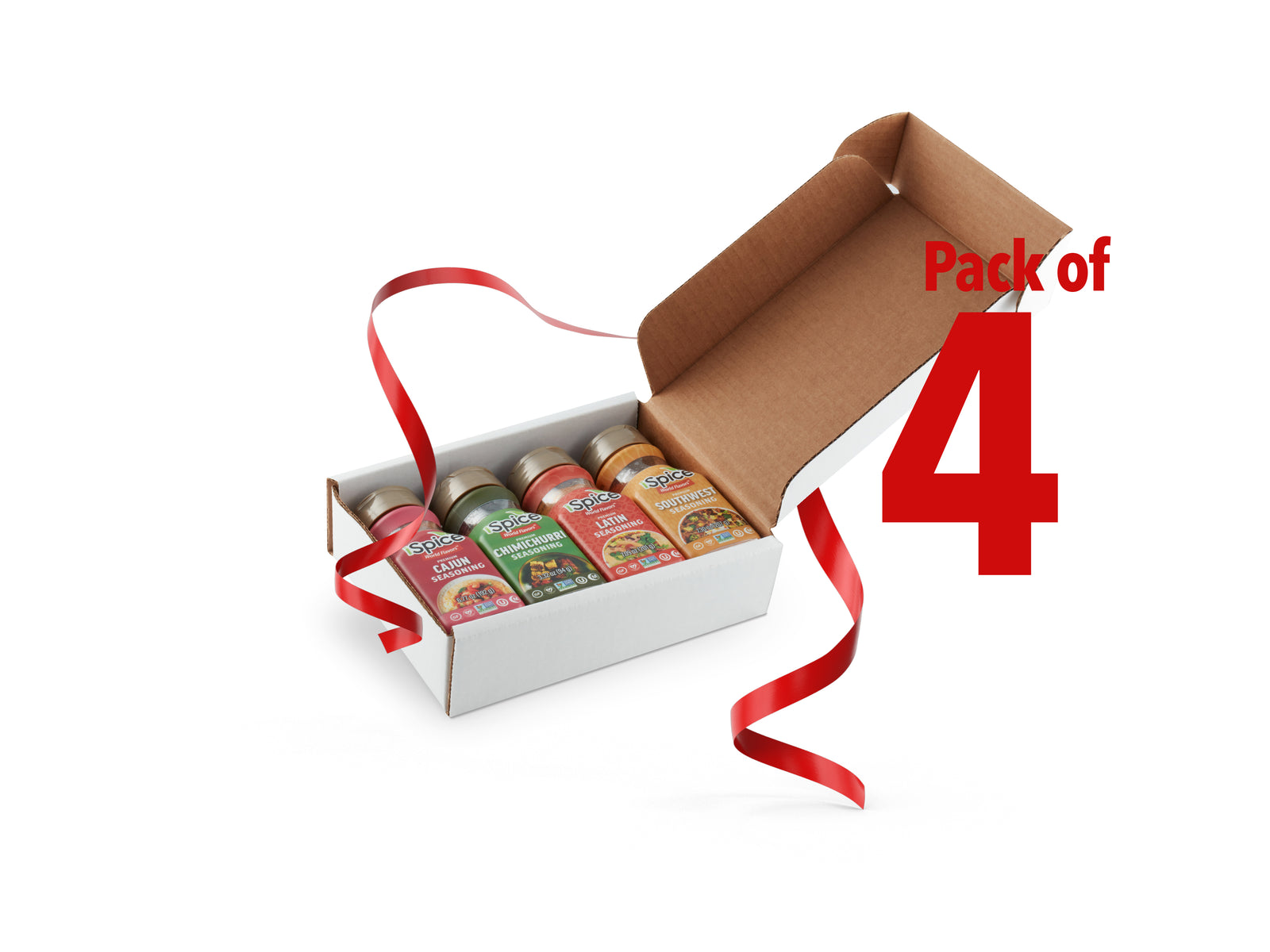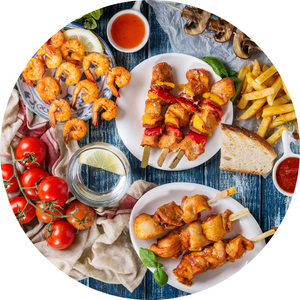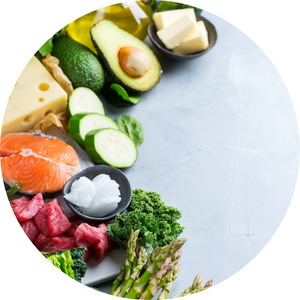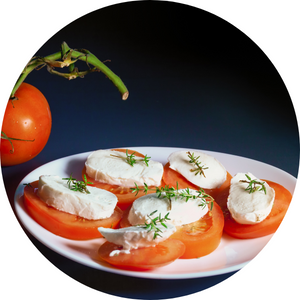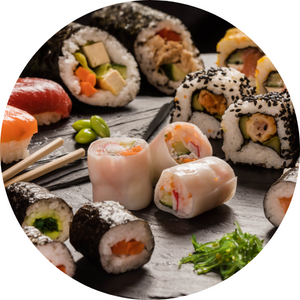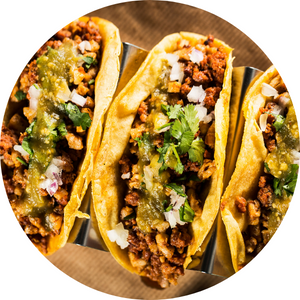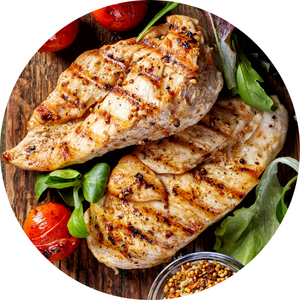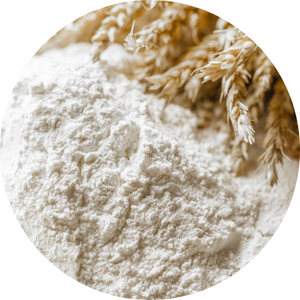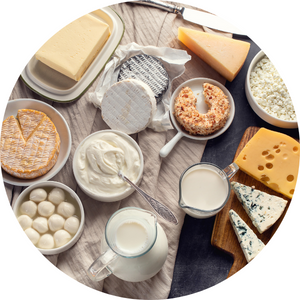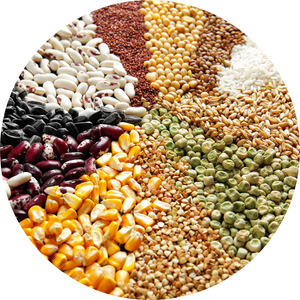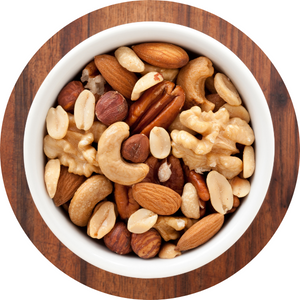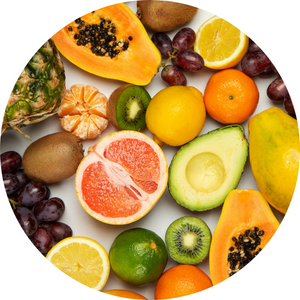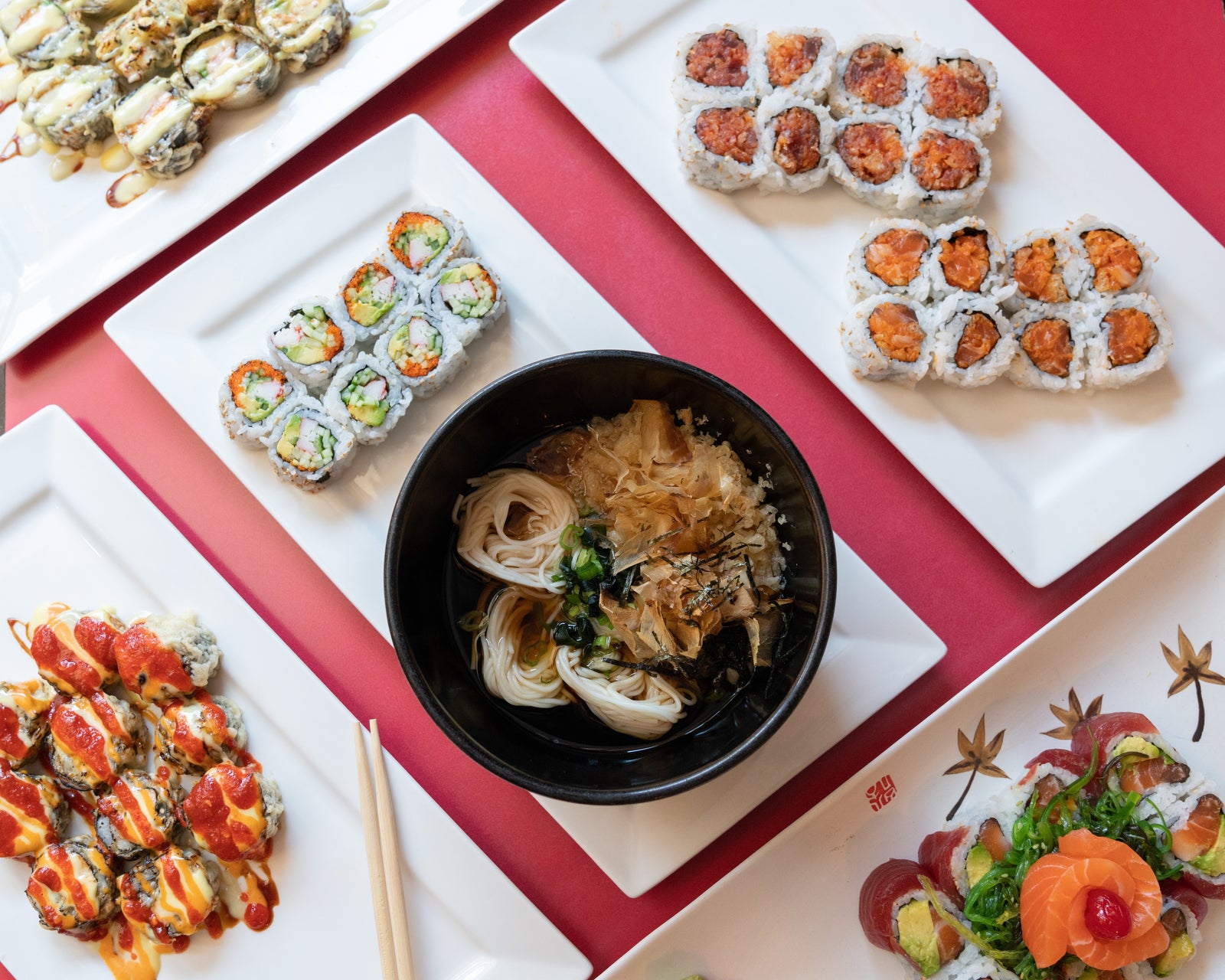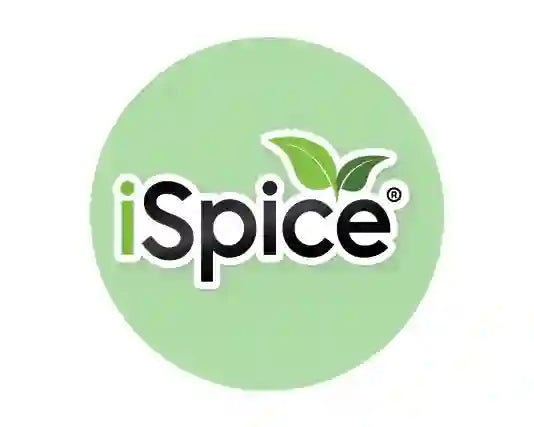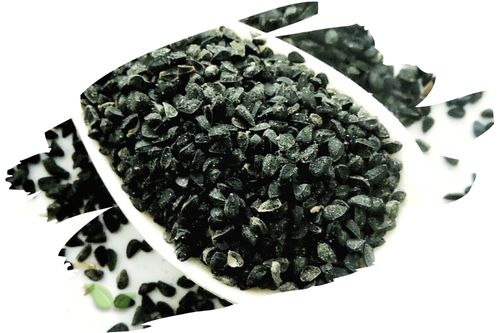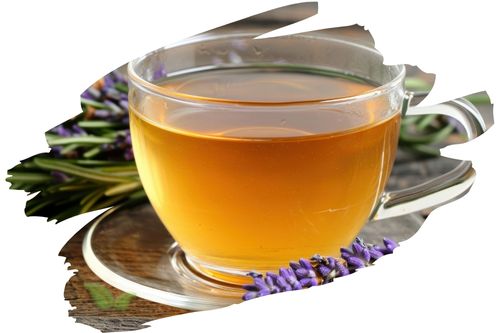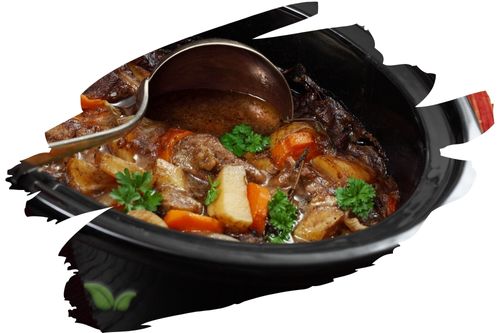
Introduction
Ginseng, a renowned herb in traditional medicine, comes in various forms, each with its own set of characteristics. In this comprehensive guide, we will delve into the Different Varieties of Ginseng and Their Unique Characteristics. This article aims to provide you with a deep understanding of these varieties without delving into health benefits. So, let's embark on this journey through the world of ginseng.
The Many Faces of Ginseng
Ginseng is a diverse herb, with several distinct types, each having its unique attributes. Let's explore these variations:
1. American Ginseng
American Ginseng (Panax quinquefolius) is renowned for its cool nature and calming properties. It grows primarily in North America and is prized for its unique leaflet arrangement.
2. Asian Ginseng
Asian Ginseng (Panax ginseng) is the most well-known variety, hailing from Asia. It is categorized into three subtypes: Korean, Chinese, and Japanese, each with its characteristics. The roots of Asian Ginseng often resemble a human figure, leading to its reputation as "man-root."
3. Siberian Ginseng
Siberian Ginseng (Eleutherococcus senticosus) is native to Siberia but found in other parts of Asia as well. It is often mistaken for true ginseng due to its similar name, but it belongs to a different botanical family. Siberian Ginseng is known for its adaptogenic properties.
4. Indian Ginseng (Ashwagandha)
Ashwagandha (Withania somnifera), commonly known as Indian Ginseng, is an essential herb in Ayurvedic medicine. It is revered for its ability to combat stress and promote vitality.
5. Brazilian Ginseng (Suma)
Suma (Pfaffia paniculata), also referred to as Brazilian Ginseng, is a root used in traditional medicine in South America. It is considered an adaptogen and is known for its potential energy-boosting effects.
6. Peruvian Ginseng (Maca)
Maca (Lepidium meyenii), often called Peruvian Ginseng, is a root vegetable that grows in the Andes Mountains. It is celebrated for its potential to enhance stamina and endurance.
Cultivation and Growth
Understanding the unique characteristics of ginseng varieties also involves knowing how they are cultivated:
American Ginseng Cultivation
American Ginseng thrives in the shade of hardwood forests and requires well-draining soil. It takes several years to reach maturity and is usually harvested when it is around five to six years old.
Asian Ginseng Cultivation
Asian Ginseng demands specific climate conditions, with cold winters and warm summers. The roots are typically harvested after four to six years of growth.
Siberian Ginseng Cultivation
Siberian Ginseng is relatively easy to cultivate and is grown from seeds or root cuttings. It takes about three years to reach maturity.
Indian Ginseng (Ashwagandha) Cultivation
Ashwagandha is a hardy plant that thrives in various soil types. It is typically ready for harvest after one year of growth.
Brazilian Ginseng (Suma) Cultivation
Suma prefers well-drained, sandy soil and takes around two to three years to mature for harvesting.
Peruvian Ginseng (Maca) Cultivation
Maca is grown at high altitudes in the Andes Mountains. It takes around seven to nine months to mature, after which the root is harvested.
FAQ
Q: Which ginseng variety is the most commonly used in traditional medicine? A: Asian Ginseng, particularly Korean and Chinese varieties, are widely used in traditional medicine practices.
Q: Are there any ginseng varieties with adaptogenic properties? A: Yes, Siberian Ginseng and Suma are known for their adaptogenic qualities.
Q: What is the main difference between American and Asian Ginseng? A: American Ginseng is considered cooler in nature compared to the warmer Asian Ginseng, and their physical characteristics also vary.
Q: Can you grow ginseng in your backyard? A: It is possible to grow ginseng in your backyard, but it requires specific conditions and patience.
Q: Are there any ginseng varieties that are not true ginseng? A: Yes, Siberian Ginseng and Suma are not true ginseng, but they are often referred to as such due to their adaptogenic properties.
Q: Is ginseng cultivation a sustainable practice? A: Sustainable ginseng cultivation practices are essential to ensure the long-term availability of this precious herb.
Conclusion
Exploring the Different Varieties of Ginseng and Their Unique Characteristics offers a fascinating glimpse into the world of this remarkable herb. From American to Asian, Siberian to Indian, Brazilian to Peruvian, each ginseng variety possesses distinctive traits and cultivation requirements. By understanding these differences, you can appreciate the rich diversity of this botanical treasure.
Alert: While spices can have many beneficial properties for health, using them for medical purposes should be done under the guidance and supervision of a healthcare professional or specialist. Some spices may interact with medications or cause adverse reactions in certain individuals, and it is important to use them safely and appropriately. If you are considering using spices for a medical condition, it is important to consult with a healthcare professional before doing so.

